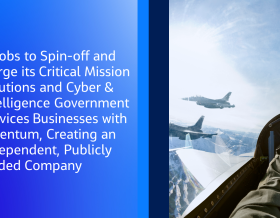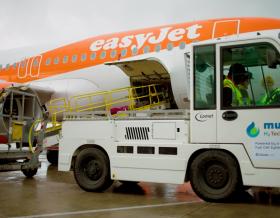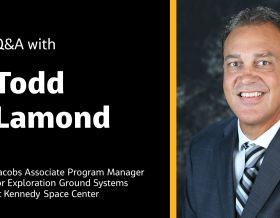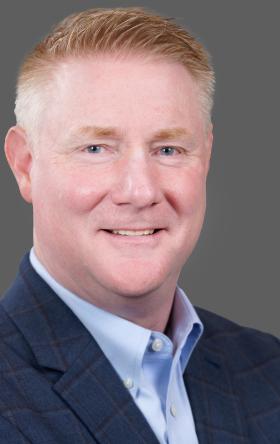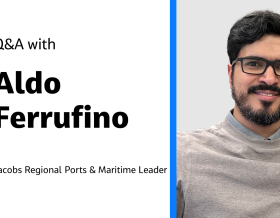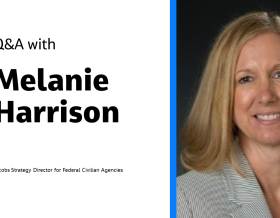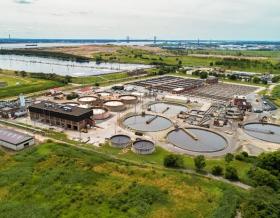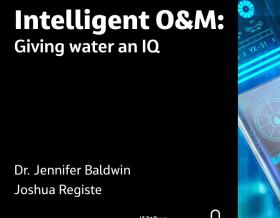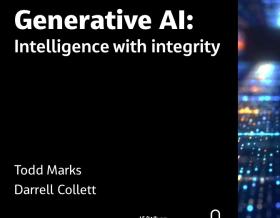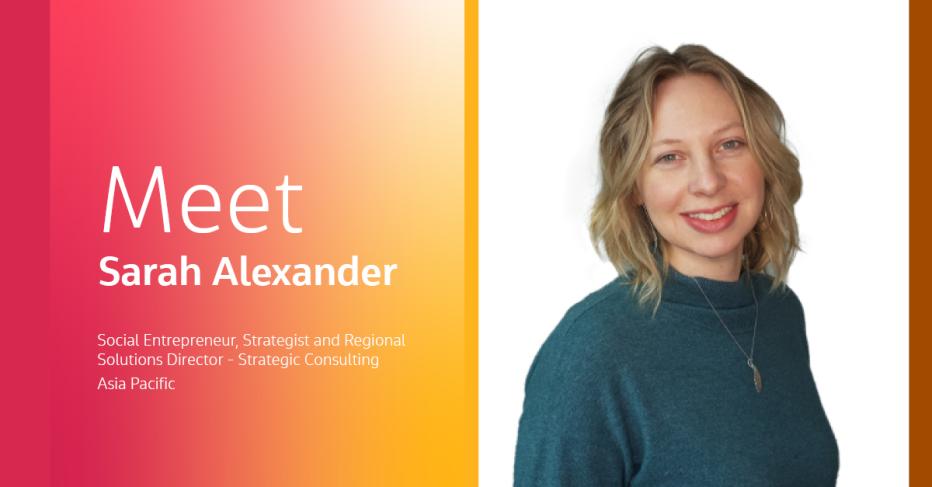
Three months after the launch of Jacobs’ social value thought leadership paper, Before & Beyond the Build: A blueprint for creating social value through infrastructure investments, we sat down with its authors to find out about what made them want to write the paper and what the industry response has been like so far…
Hi Sarah. To get started, can you tell us a little about your background and role at Jacobs?
My professional background is all over the place. I’ve worked with private sector, government and NGOs in areas such as alternative education, sustainability, economic development and entrepreneurship, infrastructure planning, youth unemployment, social enterprise and strategic consulting. My current role at Jacobs is Regional Solutions Director – Strategic Consulting; which is in part an attempt to bring all of those things together in the world of infrastructure.
And how has your background in social enterprise shaped how you approach your current work?
One of the key lessons I learnt through social enterprise is to assume nothing because this is the mindset needed to rethink business models, ways of working and problem solving. This is something I’ve been very deliberate about reminding myself of since rejoining Jacobs because, as a consultant, sometimes you feel pressure to come across as an expert, which ultimately prevents curiosity and change.
The paper is resonating so strongly with people from across many different sectors. Why do you think that is?
I think there’s a few different reasons, but one of them is that it focuses on what is common to all sectors that we work with, which is the people who will ultimately use the products and services (often referred to as end users). This is becoming more central to everyone’s thinking as we recognize the interconnectedness between all of our systems (water, energy, transport, land use, natural and built environment etc.) and understand more about how particular groups of people navigate and experience all of this, and this helps us design more impactful and cost-effective solutions.
You started writing this paper long before COVID-19 emerged but the topic could not be more relevant now as we consider the long-term impacts of the global pandemic. Why was the topic so important you that had to tackle it? How has the global pandemic changed things?
The initial urgency around writing this paper was largely driven by the scale of the opportunity – when you consider that almost $70 trillion is expected to be invested in infrastructure globally over the next 20 years, it seems imperative to ask how can we make this investment work harder for all of us, and are we creating places and opportunities where everyone can thrive? Now, the global pandemic places even greater pressure on us all to figure out the answers to these questions, and fast. If we don’t, social issues will be exacerbated for generations to come. If we do, we have a chance at emerging on the other side of the pandemic with truly innovative solutions to shape a new economic and social reality.
What do you think is the most important challenge for business and institutions to tackle right now?
The key challenge and opportunity is to embrace messy, uncomfortable collaboration. This means understanding that collaboration is not about meetings, forums, databases and roundtables; but about sharing and collectively mobilizing resources, power and platforms to achieve a particular outcome. This also requires genuine collaboration with those who have lived experience of a place, problem or solution, and giving lived experience the same gravitas and weight as we give to technical and institutional expertise.
Lastly, what subject do you want to write about next?
Social value is such a broad concept and we are just starting to understand how this approach can shape infrastructure design, delivery and outcomes for people in our communities. There are so many topics to choose from!

